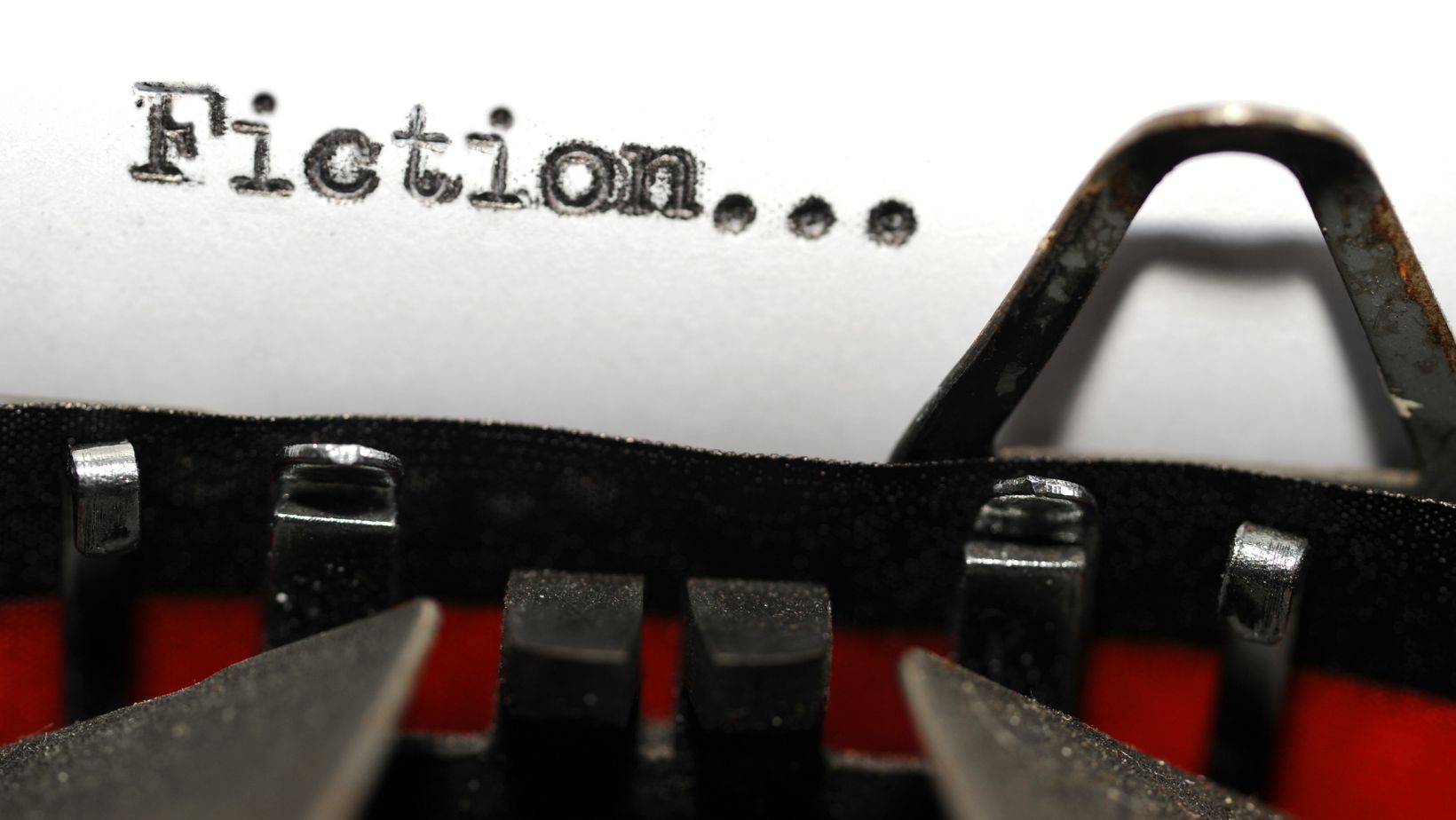
Mastering the Art of Writing Flash Fiction: Tips for Impactful Short Stories
Flash fiction is a unique and exhilarating form of storytelling that challenges writers to convey powerful narratives in just a few hundred words. I’ve always found it fascinating how such brevity can evoke strong emotions and create vivid imagery. This art form demands precision and creativity, making it an exciting avenue for both seasoned writers and newcomers alike.
In a world where attention spans are shrinking, flash fiction offers a refreshing way to engage readers quickly. With its concise nature, it allows me to explore themes, characters, and conflicts without the commitment of a lengthy novel. Whether you’re looking to hone your skills or simply enjoy the thrill of short storytelling, diving into flash fiction can be both rewarding and liberating. Let’s explore how to craft compelling flash fiction that resonates with readers.
Key Takeaways
- Definition of Flash Fiction: Flash fiction is a storytelling form that delivers impactful narratives in fewer than 1,000 words, focusing on brevity and emotional resonance.
- Character Development: Successful flash fiction requires compelling characters, characterized by distinct traits and motivations that drive the narrative swiftly.
- Plot Structure: A strong plot is essential; using a three-act structure helps to present setup, confrontation, and resolution effectively in a condensed format.
- Imagery and Descriptive Language: Utilizing vivid imagery and precise descriptive language enhances the emotional connection, allowing readers to visualize and feel the story deeply.
- Emphasizing Tension and Conflict: Central conflict creates tension, keeping readers engaged. A decisive moment or twist adds suspense, leading to a satisfying resolution.
- Overcoming Challenges: Balancing brevity and depth is crucial, as is overcoming writer’s block through techniques like freewriting and using prompts to spark creativity.
Writing Flash Fiction
Flash fiction is a concise storytelling form that delivers powerful narratives in a limited word count. This genre emphasizes brevity, focusing on evoking emotions and painting vivid imagery swiftly.
Definition and Characteristics
Flash fiction, often classified as short-short stories, typically contains fewer than 1,000 words. Its defining characteristics include a singular focus, efficient use of language, and the ability to evoke strong emotions. Writers often concentrate on a pivotal moment or a shift, allowing readers to experience a complete arc in a condensed format. Unlike traditional short stories, flash fiction demands clarity and precision, encouraging succinct expression of themes and characters.
Length and Structure
Length wise, flash fiction ranges from 100 to 1,000 words, although many writers target the 300-500 word mark for impactful storytelling. Structurally, flash fiction often follows a basic narrative arc, including an introduction, a conflict, and a resolution, but it does so in a compressed manner. Writers often employ techniques like dialogue, imagery, and a twist ending to engage readers immediately. Each word carries weight, contributing directly to the story’s impact, and the economy of language is essential in crafting a compelling piece.
Elements of Writing Flash Fiction
 Writing flash fiction demands attention to specific elements that elevate the narrative’s impact. I focus on character development and plot structure to create a memorable story within limited words.
Writing flash fiction demands attention to specific elements that elevate the narrative’s impact. I focus on character development and plot structure to create a memorable story within limited words.
Creating Compelling Characters
Creating compelling characters involves distilling traits and motivations into a few concise lines. I prioritize distinct qualities, ensuring each character embodies specific emotions or conflicts. Effective characters often feature a core desire or flaw that drives the narrative. Their actions must resonate with readers, even in brief encounters. For effectiveness, I recommend focusing on dialogue and inner thoughts to reveal depth quickly. Consider using archetypes or stereotypes to create immediate recognition, then twist them to add complexity. Each character’s introduction should hint at a backstory, establishing relevance to the overarching theme.
Crafting a Strong Plot
Crafting a strong plot in flash fiction hinges on a clear conflict and resolution. I follow a three-act structure: setup, confrontation, and resolution, to maintain reader engagement. The setup introduces the central idea or situation, while the confrontation escalates the conflict. Resolution ties the narrative together with a satisfying or thought-provoking conclusion. I condense exposition by weaving it into action and dialogue, allowing the plot to unfold naturally. To enhance tension, I use stakes that connect directly to the characters’ desires. Keeping the plot tightly focused ensures every word contributes to the overall storytelling, making the conclusion impactful.
Techniques for Writing Flash Fiction
Effective flash fiction relies heavily on specific techniques that enhance storytelling within a limited word count. By utilizing imagery, descriptive language, tension, and conflict, I can create vivid narratives that resonate with readers.
Using Imagery and Descriptive Language
Imagery and descriptive language play a vital role in flash fiction. By choosing precise words, I can evoke sensory experiences that transport readers into the story. Specific details can make scenes come alive, such as the scent of fresh rain or the heat of a summer afternoon.
In flash fiction, every word must contribute to the overall impact. I focus on figurative language, like metaphors and similes, to create connections in readers’ imaginations. For example, instead of saying “”She was sad,”” I might write, “”Her heart felt like a withered flower in an abandoned garden.”” Such descriptions enhance emotional resonance and foster a deeper connection with characters.
The Importance of Tension and Conflict
Tension and conflict are essential elements that drive a flash fiction narrative. With limited space, I emphasize a central conflict that demands resolution. This can stem from an internal struggle, a relationship issue, or even an external challenge. It’s crucial that readers feel the urgency and stakes involved.
I employ conflict to create tension, keeping readers engaged from beginning to end. Each scene should escalate the conflict, ensuring that every moment contributes to building suspense. I often introduce a decisive moment that alters the narrative’s direction—this twist can serve as a powerful climax. By resolving the conflict in a satisfying manner, I leave readers with lasting impressions.
Common Challenges in Writing Flash Fiction
Writing flash fiction presents unique challenges, particularly in maintaining a balance between brevity and depth. Addressing these challenges enhances the storytelling experience for both writers and readers.
Balancing Brevity and Depth
Balancing brevity and depth poses a significant challenge in flash fiction. Writers condense narratives into a limited word count, often under 1,000 words, while striving to deliver impactful stories. Brevity demands that every word carries weight, ensuring each contributes to plot progression or character development. Simultaneously, depth requires emotional richness and vivid imagery.
Utilizing concise language helps convey complex themes while fostering emotional connections with readers. Writers often focus on a pivotal moment, providing a snapshot of characters’ lives, which allows for deeper exploration within a short format. Prioritizing clarity and precision aids in crafting tightly woven narratives that feel complete despite their brevity.
Overcoming Writer’s Block
Overcoming writer’s block remains a common hurdle when crafting flash fiction. Creative constraints can lead to frustration, but several strategies can stimulate inspiration. Setting a timer for short writing sprints encourages focus, enabling a quick generation of ideas without overthinking.
Freewriting is another effective method. By jotting down thoughts without editing, I can generate raw materials that often reveal hidden gems. Additionally, reading flash fiction by established authors provides insight into different styles and techniques, sparking new ideas.
Experimenting with various prompts, such as a single image or statement, helps to ignite the creative process. Embracing imperfection during the initial draft phase fosters a sense of freedom, allowing me to refine my work later. By applying these techniques, writer’s block can transform into an opportunity for creativity and exploration.
Writing flash fiction is a rewarding challenge that pushes me to distill my ideas into powerful narratives. It’s about finding the heart of a story and conveying it with precision and emotion. Each word must serve a purpose and contribute to the overall impact.
As I continue to explore this form, I appreciate the creativity it demands. Whether I’m crafting vivid imagery or building tension, every piece I write helps me grow as a storyteller. Flash fiction not only hones my skills but also connects me with readers in a unique way.
So if you’re thinking about diving into flash fiction, embrace the brevity. It’s an opportunity to experiment and discover the art of storytelling in its most concise and impactful form. Happy writing!
